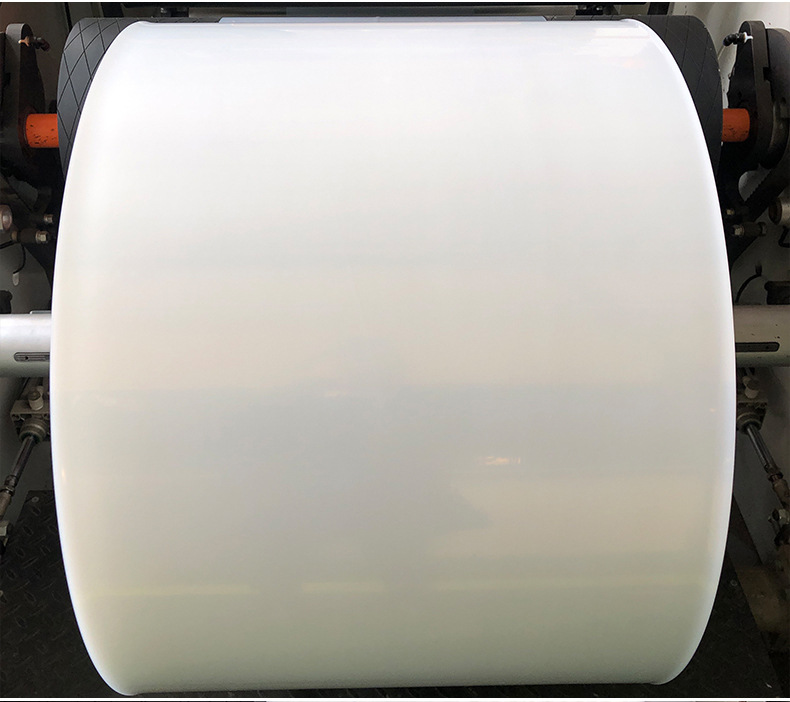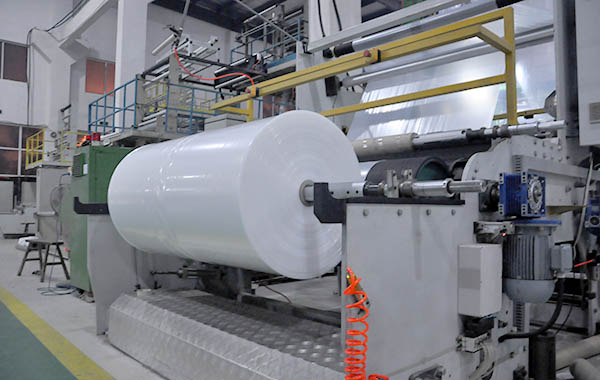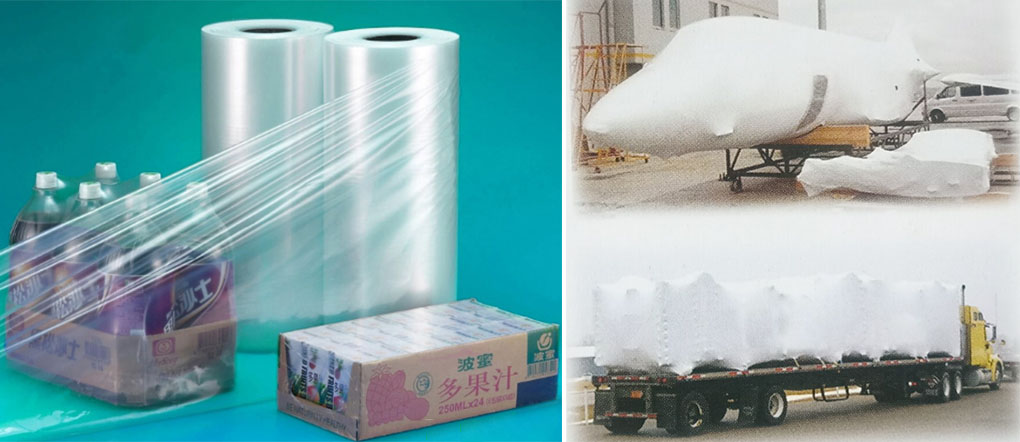When it comes to plastic films, LDPE (low density polyethylene) and HDPE (high density polyethylene) are the two most commonly used materials. Both are widely used in various industries, including packaging, agriculture, construction, and more. Understanding the differences between LDPE films and HDPE films is critical to selecting the correct material for a specific application.


Both LDPE and HDPE films are produced by numerous companies around the world. HDPE film manufacturers and LDPE film manufacturers produce these materials in various forms, including rolls, sheets, and bags, to meet the diverse needs of consumers.
One of the main differences between LDPE and HDPE films is their molecular structure and density. HDPE is known for its high density, which makes it harder and more durable than LDPE. LDPE, on the other hand, has a lower density, making the material more flexible.
In terms of applications, HDPE films are commonly used in heavy-duty packaging such as industrial liners, tarps, and building coverings. Its high tensile strength and puncture resistance make it suitable for harsh environments. Additionally, HDPE films are commonly used in geomembrane applications for environmental containment and protection.

Instead, LDPE films are favored for their flexibility and clarity, making them ideal for applications such as food packaging, shrink wrap and general purpose bags. Its ability to conform to the shape of its contents and provide excellent moisture resistance makes it a popular choice for a variety of packaging needs.
Another major difference between LDPE and HDPE films is their heat resistance. HDPE has a higher melting point than LDPE, allowing it to withstand higher temperatures. This property makes HDPE films suitable for applications requiring heat sealing or exposure to high temperatures.
Additionally, LDPE and HDPE films have different environmental impacts due to their density and recyclability. While both materials are recyclable, HDPE is generally considered more environmentally friendly due to its higher density, which results in less material use and less waste. Many HDPE film manufacturers are prioritizing sustainability by offering recyclable and eco-friendly options to meet the growing demand for environmentally friendly packaging solutions.

In summary, while both LDPE and HDPE films are versatile materials with a wide range of uses, understanding their differences is critical to choosing the right material for your specific needs. Whether it’s the rigidity and strength of HDPE or the flexibility and transparency of LDPE, each material has unique properties that can meet different requirements. By partnering with a reputable LDPE film and HDPE film manufacturer, companies can obtain high-quality materials suitable for their specific applications, ultimately helping to increase operational efficiency and success.
Post time: Apr-02-2024
